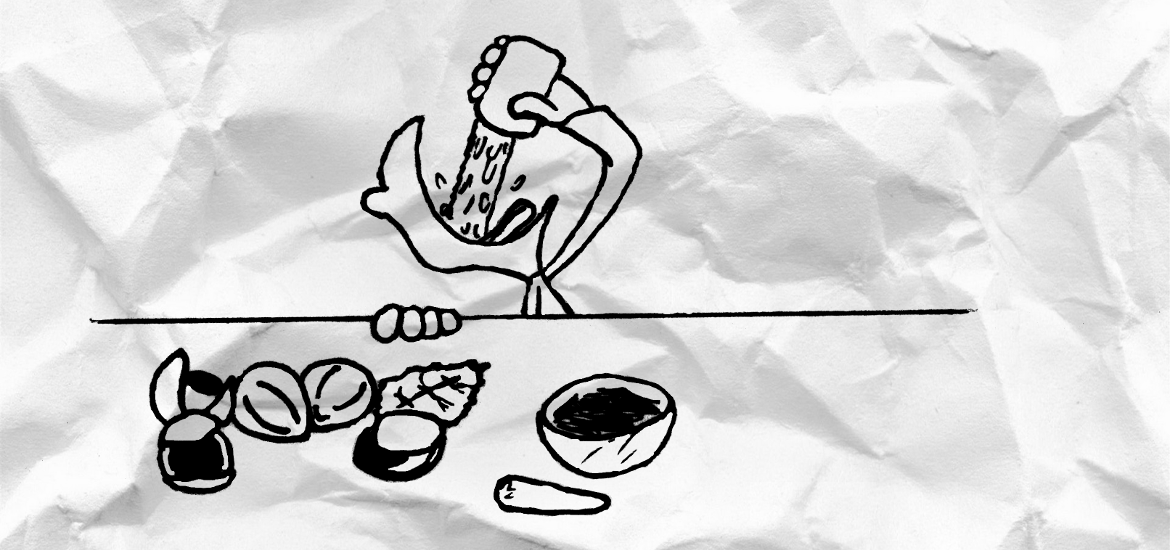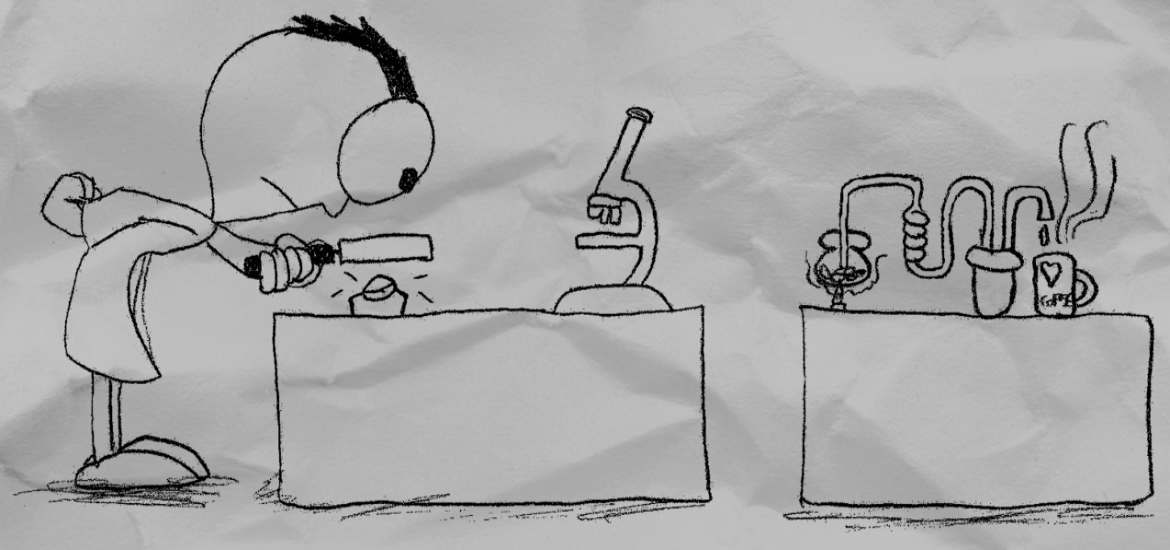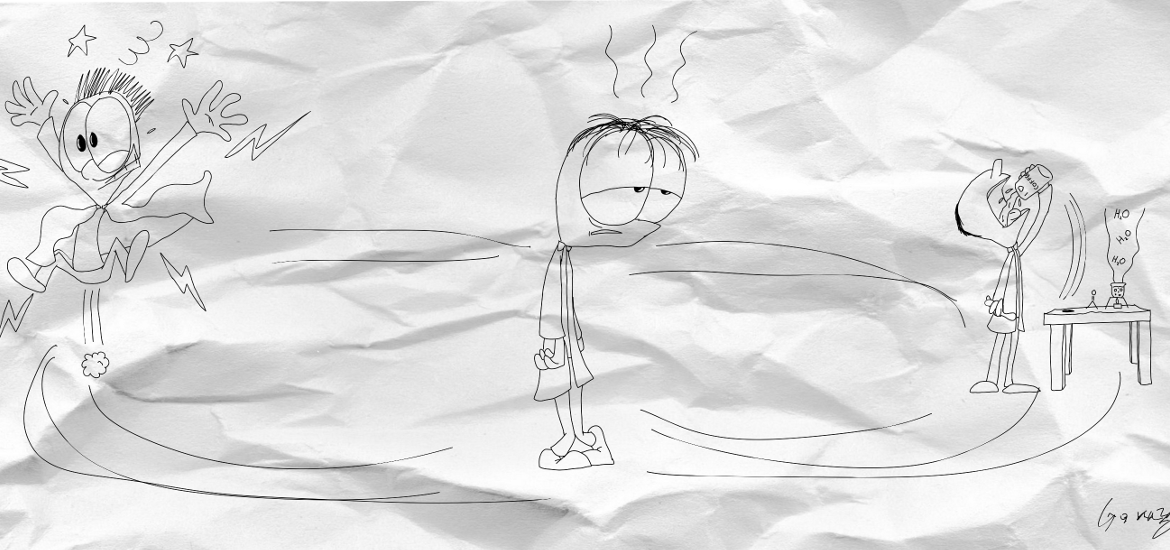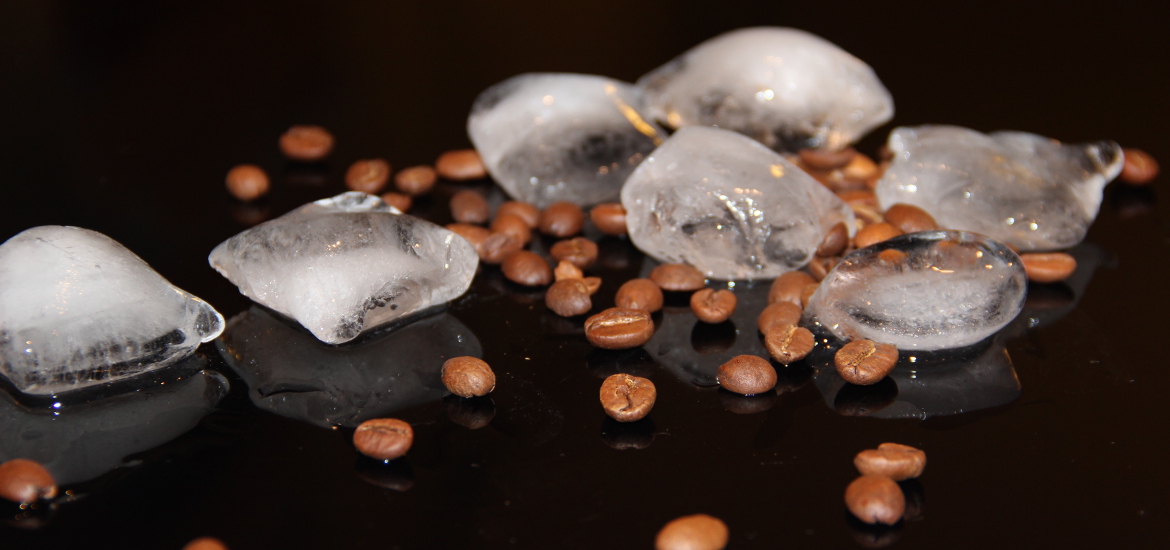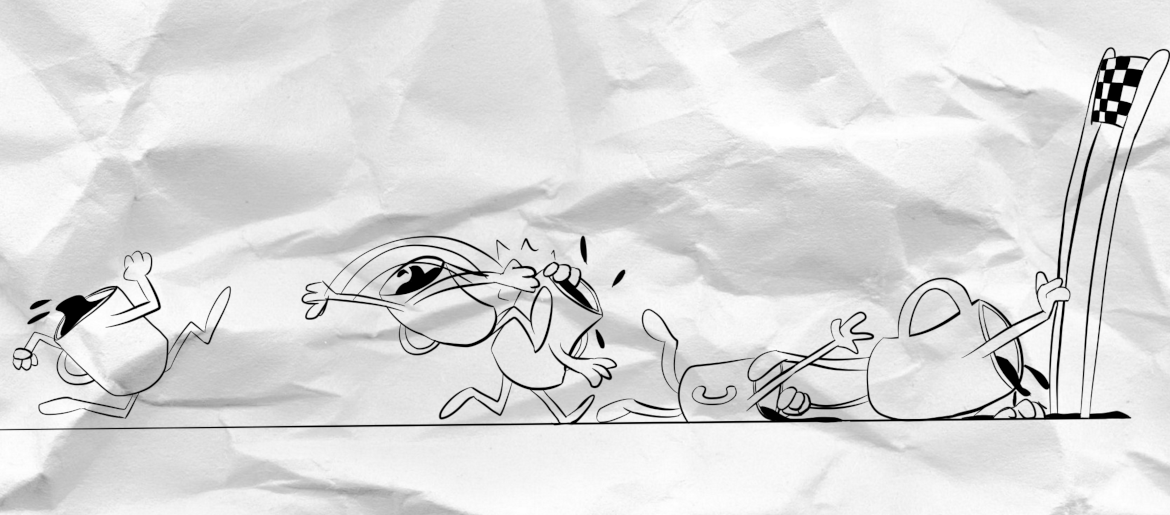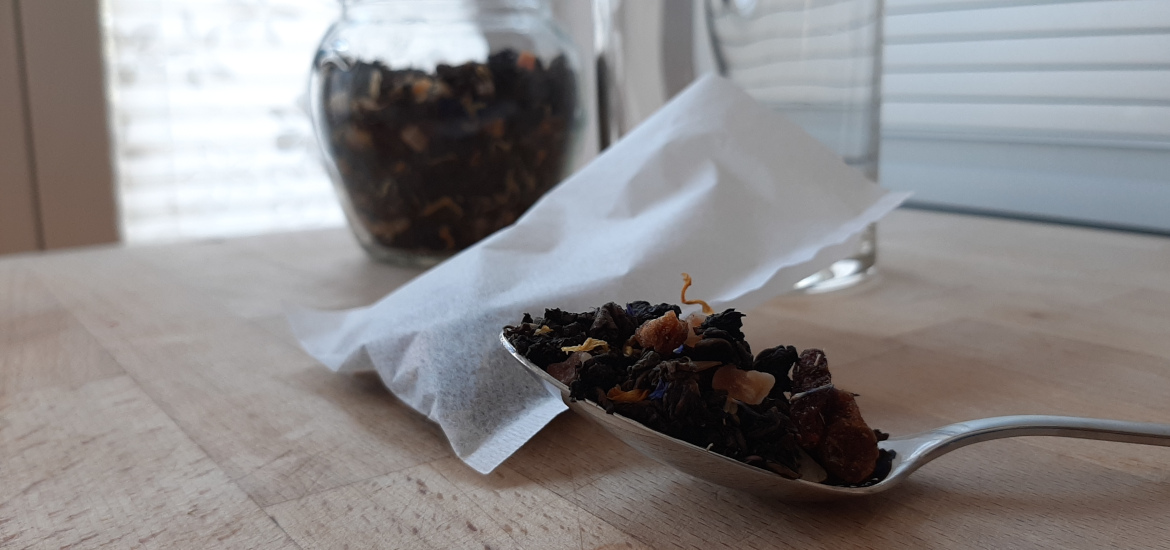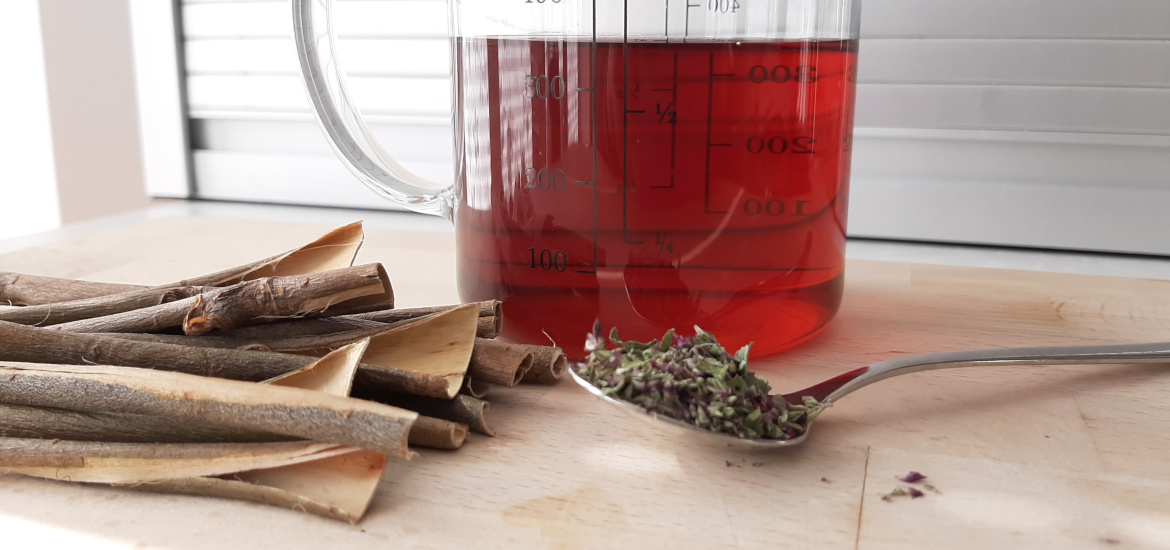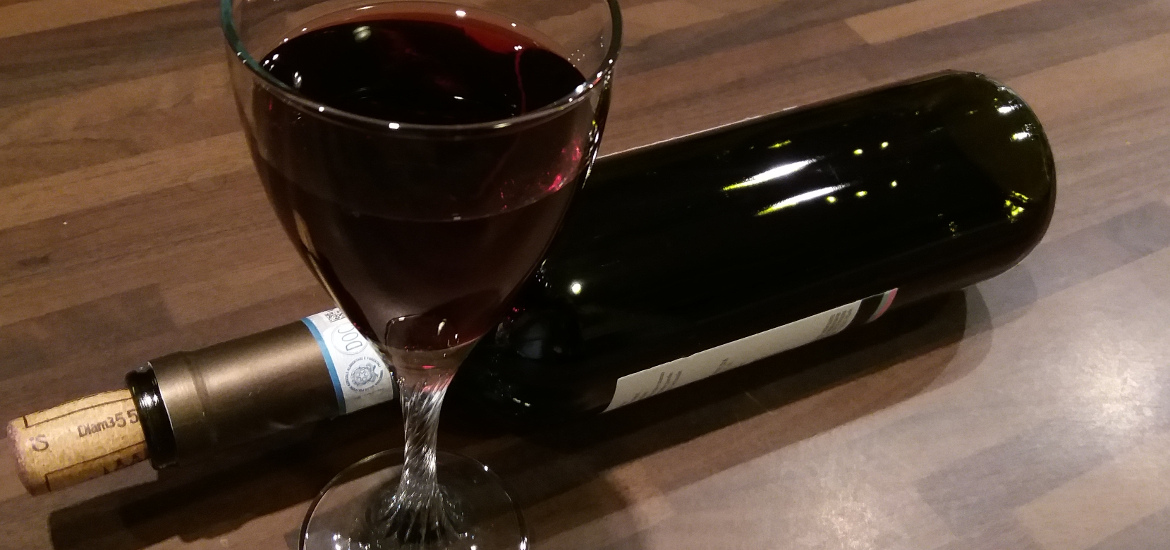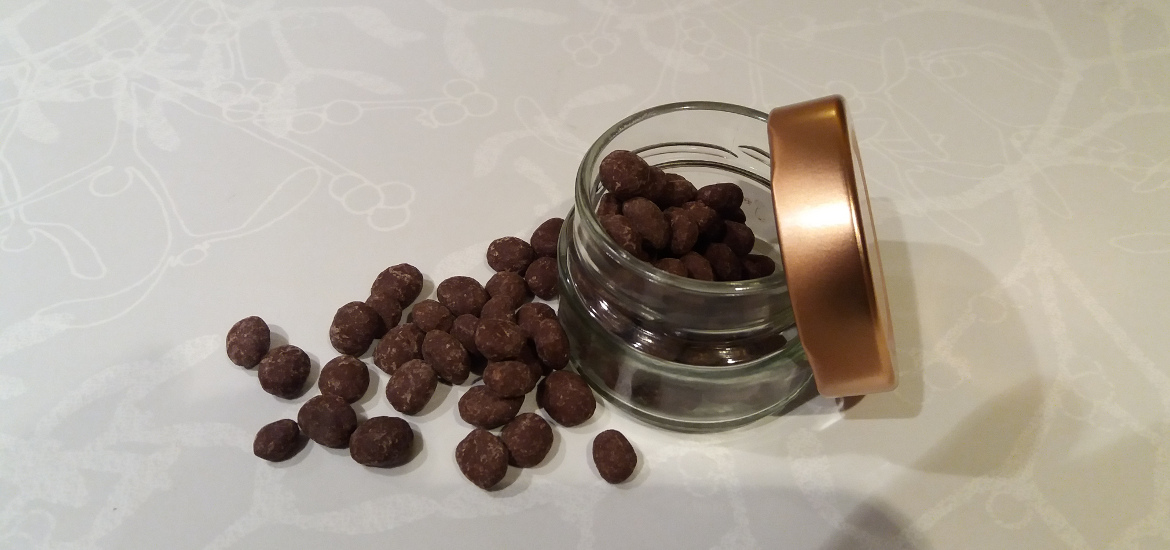There are many natural sources of caffeine. The problem is that it is called by different names. Either because people want to sound more special (especially when advertising their product) or they simply don’t know. Guaranine, theine, and mateine are all the same substance – caffeine. They just differ in their plant of origin: guarana, tea, and yerba mate respectively. Although it is always the same substance, its effect on the body is not necessarily the same, if you drink tea or coffee. Other substances present in the plant of origin can influence how caffeine enters our body and thus in the final effect.
[quadsvi id=1]
But do not extend this claim to the products claiming to contain guaranine, for instance. If caffeine (guaranine) is extracted from guarana and used in a product, it is no different than from other sources – say coffee or tea. Only when the whole plant material is used (e.g. to make an infusion), we can have potential differences in the effect of the drink of food. This effect is, probably, not dramatic. The main difference is how fast the caffeine enters your blood and how long it stays there. I will look at different sources of caffeine and try to find out if there is a difference when you consume them.
First some theory
Caffeine alone is rapidly and completely absorbed from the small intestine. The whole ingested amount passes into the body and reaches a maximal concentration in the blood after 1-2 hours. However, the time needed to leave the body varies widely from person to person. There are some potential substances present in plants that can interact with caffeine. Polyphenols (e.g. tannins) are known to precipitate caffeine and can therefore potentially have an important interaction.
Flavonoids, most notable catechins are also possible candidates for interaction since they form complexes with caffeine. The best way to see if such compounds interfere in a significant way is to measure caffeine in the blood after ingestion of pure caffeine and caffeine in the form of a herbal preparation. If this is not available we can compare other effects on the body, such as blood pressure or make some assumptions on the basis of possible chemical interactions.
Caffeine in Coffee
Coffee is by far the most recognized caffeinated drink. It is made by infusing roasted and grounded coffee beans (from Coffea plant) in hot water. The beans contain up to 4% of caffeine, some chlorogenic acid and minimal concentration of compounds similar to caffeine (theophylline, theobromine). They also contain other stuff like carbohydrates (saccharides), lipids and proteins.
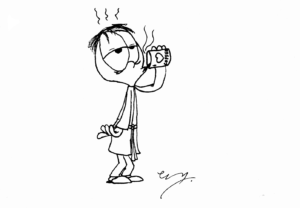
What is important is that they do not contain tannins or catechins. And indeed, plasma levels of caffeine is similar when you drink the pure solution of caffeine, soft drink with caffeine or a coffee – as described here. The time when the maximum concentration of caffeine in the blood is reached is reported in different ranges, but they are similar – 1 hour here, 15-120 minutes here and 1.5 hours here.
This is expected due to the variability between people and it is (expectedly) even more pronounced in the time needed to remove the caffeine from the body. The time needed to remove half of the caffeine from the body ranges from 1.5 to 9.5 hours (5 hours mean) according to here, 4.1 hours here and 3 to 6 hours here. To conclude, caffeine from coffee or soft drinks passes in and out of our bodies as one would ingest a pure substance, with parameters as described above and plasma levels are shown here or here.
Caffeine in Tea (black, green and matcha tea)
While the coffee might be more associated with vigour and energy, tea is definitely associated with class, nobility, and tranquility. Black and green tea, as well as matcha, come from the same plant (Camellia sinensis). Despite their common origin, they do differ. Black tea is fermented after harvest while green tea and matcha are not. The difference between matcha and green tea is more subtle. Matcha is grown and processed slightly differently, what should result in higher caffeine content.

Well, the data about comparing different teas is conflicting – catechin content can be greater, as reported here, while here the opposite is claimed. Here 85 tea samples were tested and were comparable in terms of catechin and caffeine. Caffeine content in all samples was in the range expected for green or black tea (2-4%), therefore the differences are certainly not as big as claimed. Generally, tea contains more caffeine than coffee – up to 5%, but as mentioned earlier, this can vary greatly among different teas (as well as coffees) therefore the only general conclusion we can make is that there is a comparable percent (2-4%) of caffeine in tea or coffee. The amount of caffeine in your drink is – in my opinion – mostly dependent on how much tea or coffee you actually put in it. There is, however, a substantial difference between catechins in green and black tea, since in the later they are transformed during the fermentation.
Caffeine concentration in the body after drinking tea
Interestingly, there are not many direct data available on caffeine concentration in the body after drinking tea. However, this one reference found no differences in caffeine levels between caffeine coming from either coffee or tea. Further, it even concludes that the preparation method (e.g. amount of material used) is the most important factor influencing caffeine levels and its effects on the body. Finally, complexation of caffeine with catechins was shown to occur but the extent to which this affects the concentration of caffeine in the body is unclear.
Given that these complexes are unstable in acidic media (comparable to stomach conditions) as shown here, we can also expect no differences in caffeine concentration in the presence or absence of catechins. For tannins, it is a bit more difficult since there are no direct studies, just observations. But since tannins in guarana do not influence caffeine absorption (see below) and above study showed no difference between tea and coffee in regards of caffeine concentration, we can safely conclude that tannins in the tea do not influence caffeine absorption in the body.
Caffeine in Mate tea
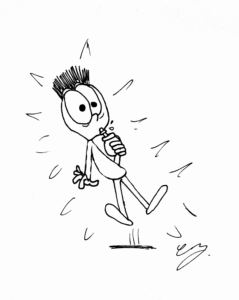
Next is mate tea which is also called a tea since it is usually prepared in a similar way as its well-known brother – by infusing the leaves with hot water. But the leaves come from a different plant – Ilex paraguariensis. Therefore the composition of the drink differs. The leaves contain up to 2.5% of caffeine, less than it regular teas or coffee (multiple sources). It can also contain up to 1% of theobromine, while theophylline is found only in small quantities. It also contains flavonoids like quercetin but no tannins.
There were no studies of caffeine absorption from mate tea until 2010 according to this review. My search after this date was also unfruitful but there is a good reason to conclude that there is no difference in caffeine concentration in the body compared to regular black or green tea.
Caffeine in Guarana
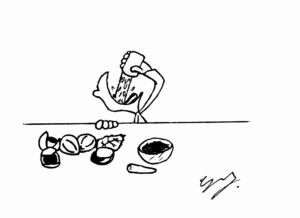
Guarana is the latest and most recent caffeine source “discovered” by the food industry. The seeds come from plant Paullinia cupana and are usually used in dried and/or powder form. Caffeine content in the seed can be up to 8%, with theobromine and theophylline present in small quantities. This makes it the most caffeine-rich plant, but as said before, the main thing is how much you consume, not how much caffeine it contains. Tannins are present in large quantities while catechins are not present.
Caffeine levels in the body after ingesting caffeine from guarana are comparable to those when pure caffeine is ingested, as reported here. Also, the maximal blood concentration (around 1 hour) and elimination (5.4 hours) from the body is comparable to the values reported for pure caffeine as described above. Another study tested release of caffeine from guarana and pure caffeine and found no differences. Apparently, the presence of large amounts of tannins does not influence the absorption and distribution of caffeine in the body.
Conclusion
The final conclusion is simple. The most important thing is how much caffeine you actually consume. This is fairly independent of the caffeine source, what is important is how often you consume it and how much of the material you actually use. Once the amount of caffeine that you consume is fixed, there is no difference if you swallow pure caffeine powder, coffee, tea, guarana or a soft drink.
Image credit: Amazing food
